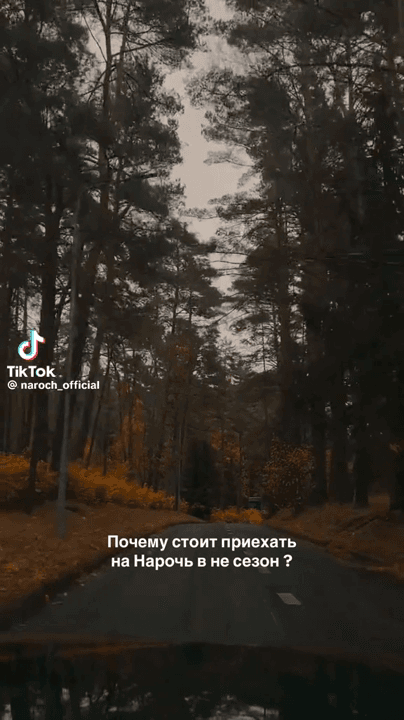
HUNTING IN LOMBARDY: CENTURIES-OLD TRADITIONS, LAWS AND LEGISLATION, SEASONS, WILD SPECIES AND HUNTING TECHNIQUES AMONG THE ALPS Lombardy, located in northern Italy, offers an extremely varied landscape ranging from the Rhaetian and Orobic Alps to the plains of the Po River, and including lake areas such as Lake Como, Lake Maggiore, and Lake Iseo. This environmental diversity creates ideal habitats for a wide range of wildlife, making the region one of the most interesting for hunting in Italy. The mountainous areas are popular for hunting ungulates such as deer, roe deer, and chamois, while the plains and wetlands attract hunters of small game like pheasants, hares, and ducks. The region's dense woodlands, particularly in the provinces of Bergamo, Brescia, and Pavia, provide excellent cover and food sources for wild boar populations. The Prealps and the Po Valley are also key areas where wild boar thrive, thanks to the mix of forests, farmland, and water sources. Hunters and Demogra
Post: 8 May 13:11
















































